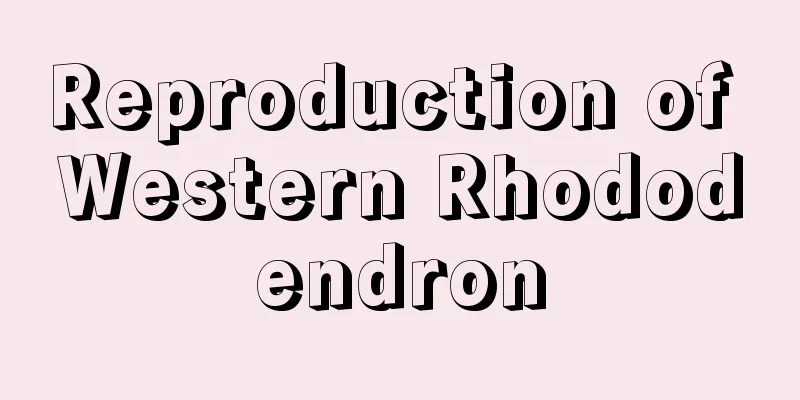How to grow pepper tree

1. Maintenance methods1. Temperature: Pepperwood likes warmth, between 20 and 32 degrees, which is most suitable for its growth. In addition, pepperwood is a plant that is both cold-resistant and heat-resistant, so it generally does not need to be adjusted in winter and summer. If you want to continue to maintain its growth rate, you need to make some adjustments. 2. Light: Pepper tree is a positive plant and has particularly high requirements for supplementary sunlight. If it is placed in a dark place for a long time without light, its leaves will fall off easily. It is not afraid of strong light, so it can be placed in a well-lit place without shade. 3. Watering: According to the habits of pepper tree, it is a very drought-resistant plant, but it is not water-resistant, so do not water it too much at normal times. Just wait until the substrate is completely dry before watering. Water should not accumulate and rain should be avoided as much as possible. 4. Fertilization: Pepper tree does not require much fertilizer and can only be used during the growing season. Generally speaking, once a month is enough, and you can use compound fertilizer or various liquid fertilizers. 2. Breeding techniques1. Reproduction: The most commonly used method is cutting. Choose one to two years old, strong branches as cuttings, and then choose leaf mold or garden soil as the substrate. After cuttings are cut, you need to cut off some of the leaves on top first, and then dry them before cutting. After insertion, it needs to be watered in time and shaded. 2. Pruning: The pepper tree grows very vigorously and needs to be pruned in time so that its branches and leaves will not be too messy. In addition, it is also a very resistant plant to pruning, so there is no need to worry about excessive pruning harming the plant. For potted plants placed at home for viewing, you can adjust their shape. 3. Problem diagnosis and treatment1. Diseases: Mainly "leaf blight", which is common from July to October, especially in an environment with poor ventilation conditions, this situation is easy to occur. The diseased leaves need to be pruned in time and then treated with thiophanate-methyl or carbendazim. 2. Pests: "Aphids" and "red spiders" are relatively common and can be controlled with solutions such as omethoate. IV. Other issues1. Toxicity: We can rest assured that it is non-toxic and there is no need to worry about any harm. 2. Can it be grown at home: It is more suitable to be grown at home. Pepper tree is a foliage plant and is very suitable to be placed at home. Moreover, its purification effect is very strong and can purify the indoor air. |
<<: How to grow foliage plants
>>: What should I do if my asparagus fern grows a very long branch?
Recommend
How to take care of the newly bought cycad
1. Repotting There is no need to change the pot d...
What to do if the roots of the Luanfeng Jade are rotten
1. Caused by too wet soil Many people think that ...
How to grow tea tree flowers?
my country has a very long history of camellia cu...
How to use potassium dihydrogen phosphate orchid
1. Usage When using potassium dihydrogen phosphat...
How to prune the dragon beard tree
When to prune the dragon beard tree There is no s...
How to identify cat milk
1. Tree features Cat's Milk is a shrub or sma...
How to cultivate Torreya grandis
1. Soil To grow Torreya grandis, you need to use ...
What pests does Charizard have?
1. Whitefly Because its leaves are very thick, th...
How to change the pot of peacock ball
1. Time Selection The plant needs to be repotted ...
How to maintain and safely cultivate Tigerthorn in winter
Is Euphorbia paniculata afraid of cold? Euphorbia...
What is the white palm plant
Other Names Bracteatum, Spathiphyllum, smooth sai...
Can Monstera bloom?
Can Monstera bloom? Monstera can bloom, but it is...
Is hyacinth poisonous?
The toxicity of hyacinth comes from the bulbs. To...
Which month is the best time to repot osmanthus?
Osmanthus is a plant with very fragrant flowers a...
Can asparagus be grown in pots?
Can asparagus be planted in pots? Asparagus can b...









